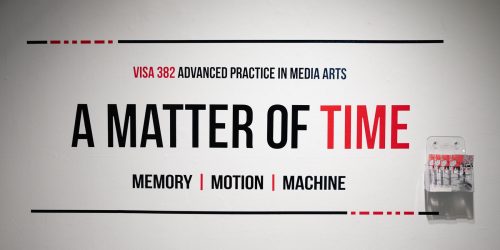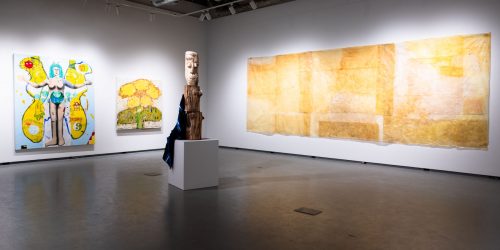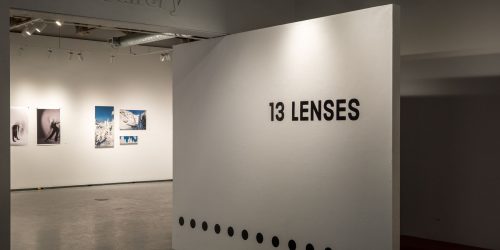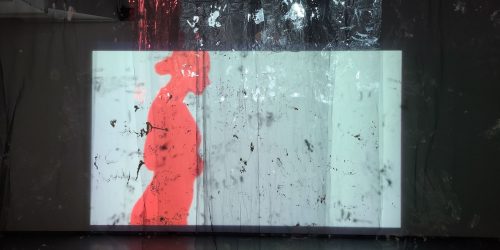Everything And Then Some – Year End Show
The show will include works from graduating students from both our Bachelor of Fine Arts and Bachelor of Media Studies fourth-year students. Students have been working hard to create a body of original and engaging works over the course of the year and this April they will show their best works. The exhibition will highlight a wide variety of work...
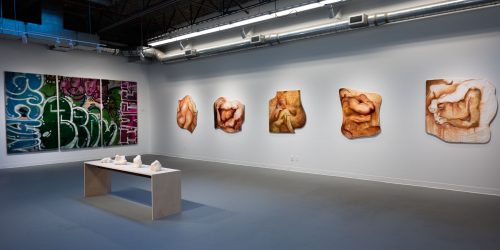
 Follow
Follow